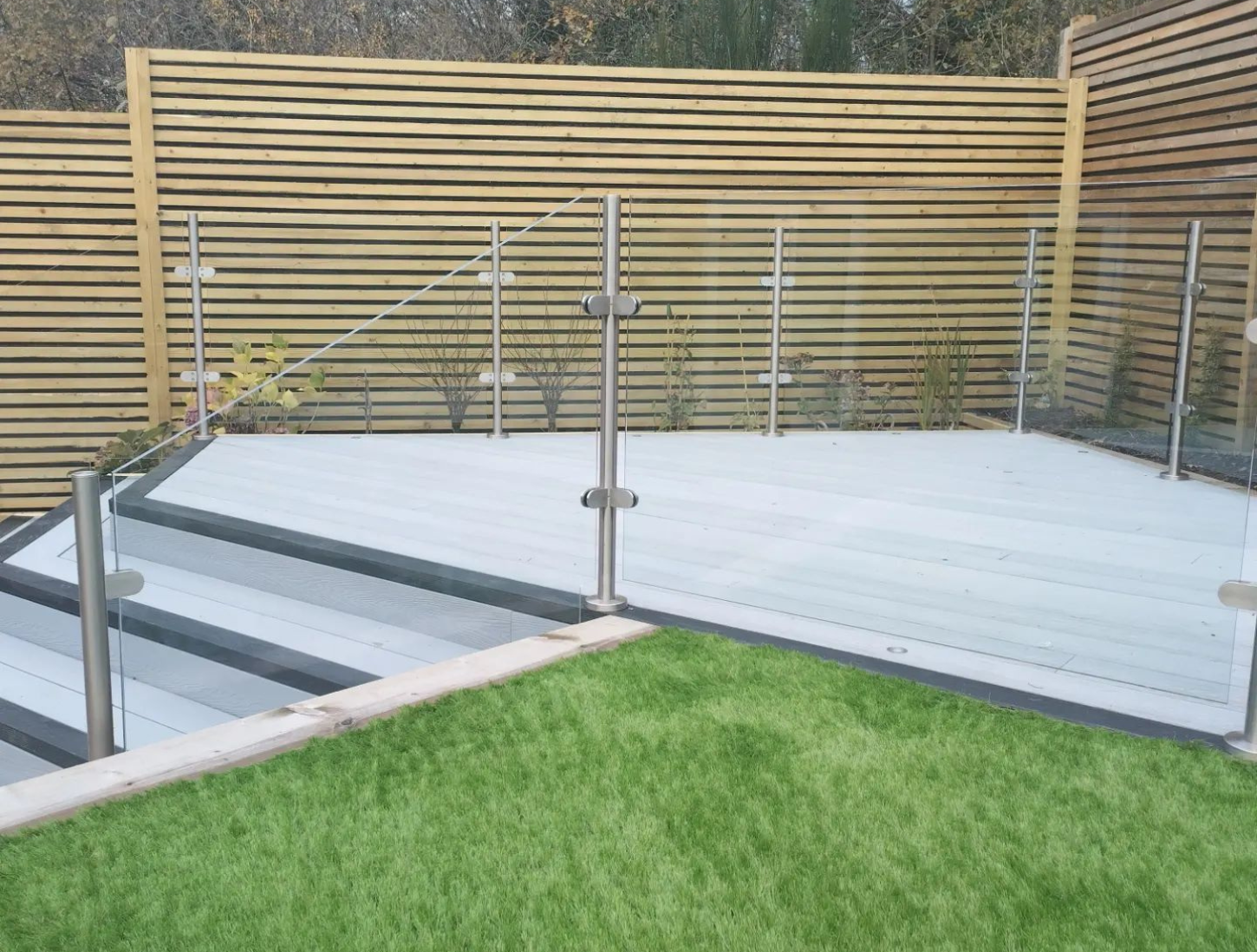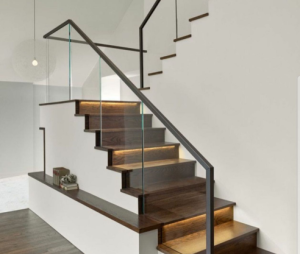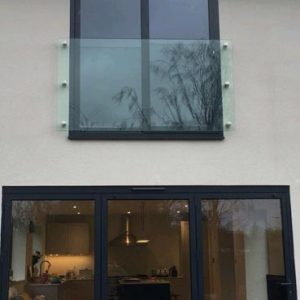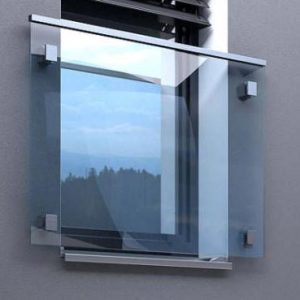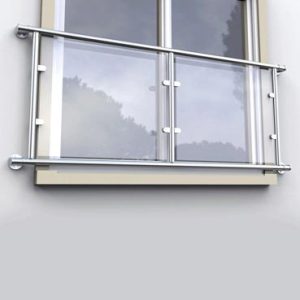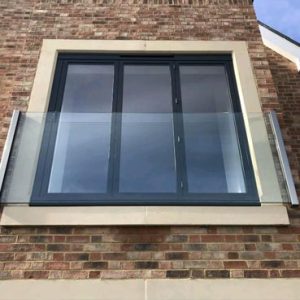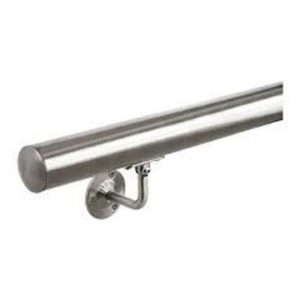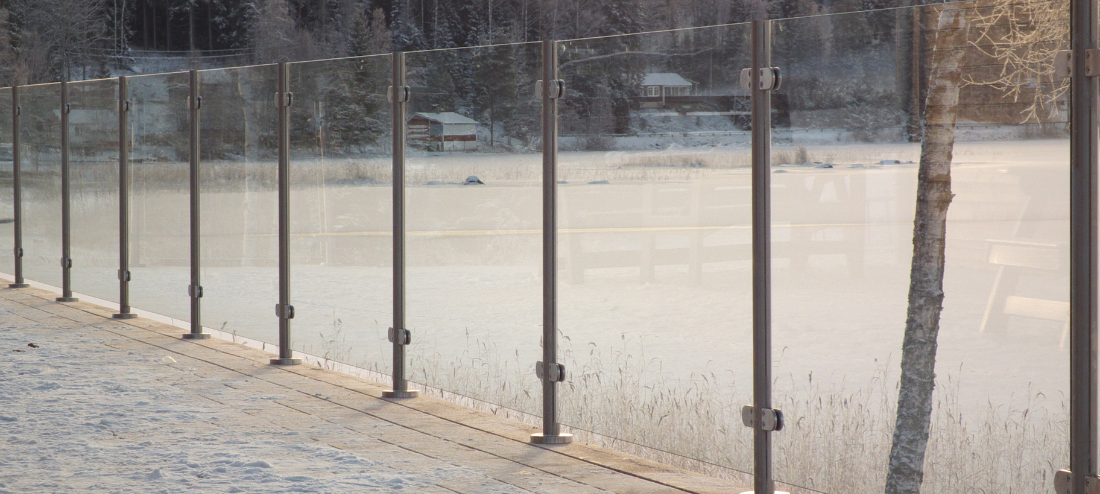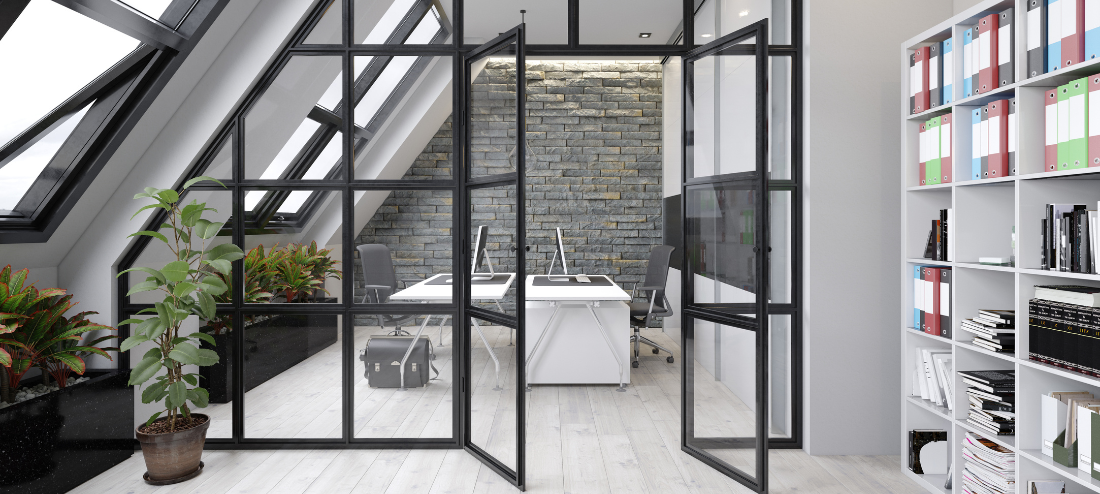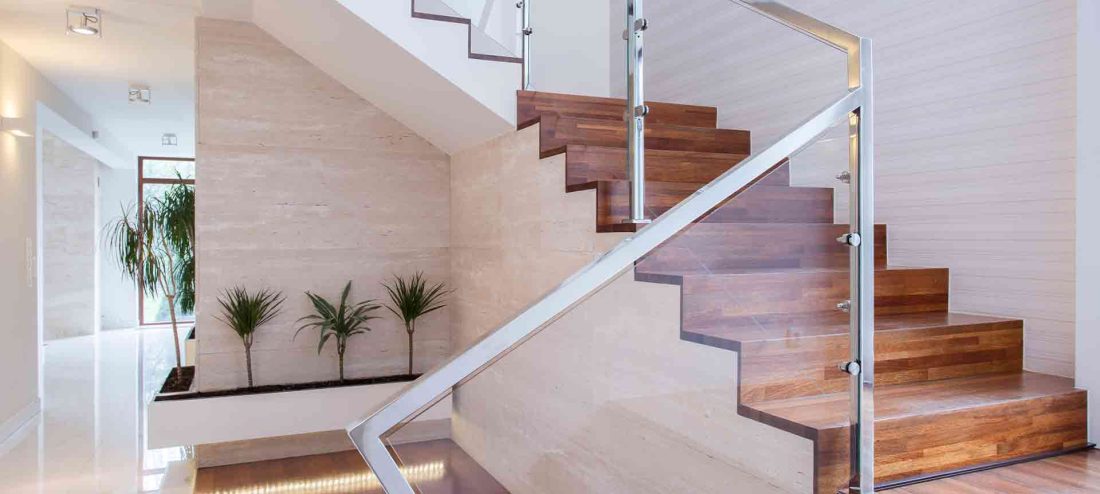
Staircases are a necessity in the majority of buildings, from residential properties to commercial spaces. A set of stairs has the ability to be both a beautiful design feature and an accident waiting to happen.
When you are redesigning your home or working on a building project, it can be easy to get caught up in choosing stairs which look the part. While a beautiful design is an important part of a staircase, the safety and stability is even more critical in the long run.
At Stainless Handrail Products, we know exactly what we’re doing when it comes to staircase design, and we are sharing the most important features to focus on for safe, functional, and spectacular stairs.
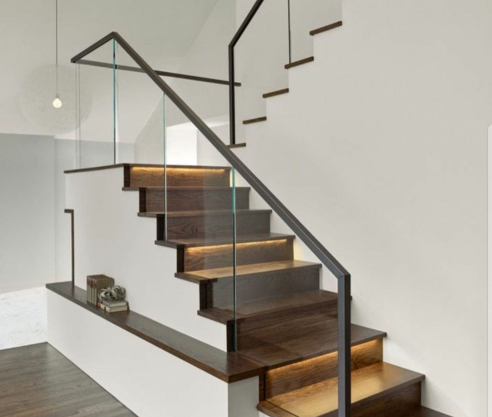
- Choose A Long Run
The run of a stair refers to the depth of each step. Short run staircases are sometimes chosen for areas where space is limited, but they can cause issues. Many people find that with stairs with a short run, their feet hang over the nosing, preventing them from accessing the entire tread without walking at an angle. The recommended minimum run for stairs is 11 inches, but if you have the space to choose a deeper tread then it can improve the safety of your staircase. Some small staircases only feature a run of 9 inches, which might look fabulous in some homes, but could be hazardous in reality.
- Double Up Your Railings
If you are a fan of minimalistic designs and simplicity, then you might be considering a staircase without handrails. The standard for most stairs is to have one railing, and in reality, a lot of people do not use it. Handrails on stairs work as more of a safety net than an everyday necessity for some, but for others they are an absolute must-have.
Having double railings might sound like overkill, but it can be very useful for those with mobility issues and provides added security for both right- and left-handed individuals. There are plenty of ways to design staircases in a spectacular way while incorporating double railings. Stainless steel flat end handrails work perfectly with minimalistic designs, or decorative timber railings can leave a staircase looking grand.
- Use A Gentle Rise
The standard requirement for a rise on a staircase is 7 ¾ inch, as set out by the International Residential Code (IRC) 2015. However, in commercial buildings the regulations state that a 7 inch rise is required. In simple terms, this means that the stairs are not as steep or high. Having a lower rise on a staircase can improve their safety and make them more accessible to everyone. In terms of aesthetics, a low rise or high rise doesn’t have a huge impact, so consider the lower options for added functionality.
- Consider Slip Risk
The material of your staircase can have a huge impact on the risk of slipping. Many people choose stone or wooden stairs because they look lovely and are easy to maintain. The main downside of these kinds of staircases is that they can be slippery, particularly if they are wet. If you are set on stone or wood stairs, consider incorporating a carpet runner into your design for added safety and functionality. The beauty of carpet runners is that they are available in so many styles and colours, so you can match them to your interiors effortlessly.
- Illuminate Your Steps
Lighting your stairs is not only a great safety feature but can also be a stunning design choice at the same time. In many buildings, staircases are hidden away in dark corners or corridors, and poor lighting increases the risk of trips and falls. Find creative and beautiful ways to illuminate your steps and improve the safety in your building. Consider a skylight above your staircase or LED strip lights on the nose of each step. Depending on the style you are going for, you can create some incredible looks with innovative stair lighting.
- Stay Consistent
It might sound bizarre, but it is vital that you keep all risers and treads the same throughout your staircase, or even in the entire building if possible. Just a slight change in the size or shape of the steps can throw you off and cause an imbalance. It only takes two steps for the human brain to remember the rise and run of stairs and adjust the stride appropriately, so make sure your stairs aren’t hiding any nasty surprises.
For more advice and guidance on creating safe, functional, and spectacular stairs in your property, speak with our friendly team. We can talk you through your options and help you plan the perfect staircase today.

